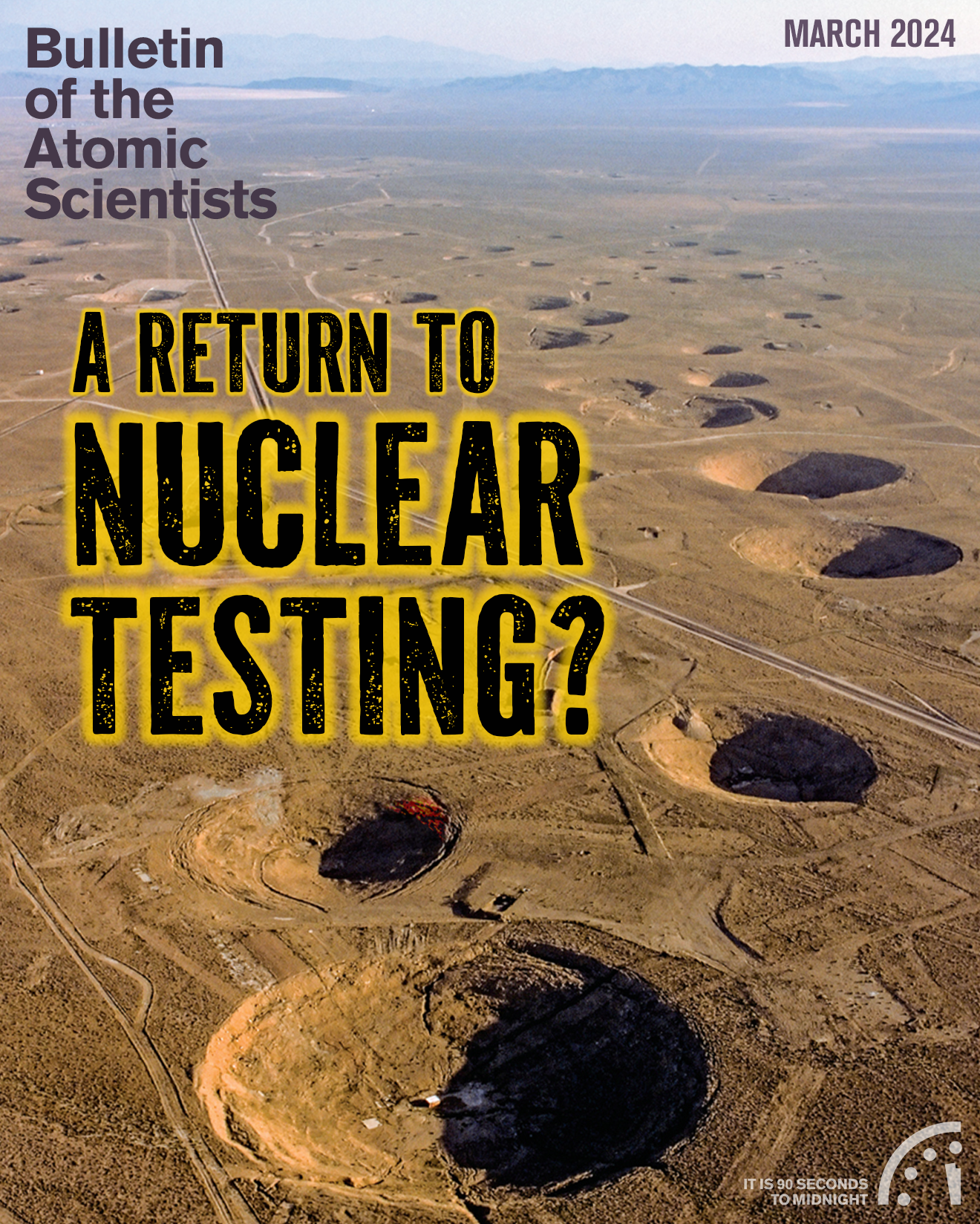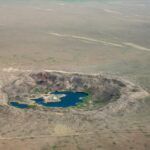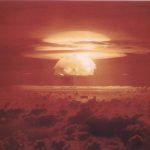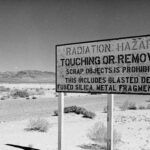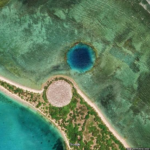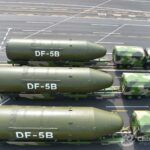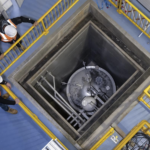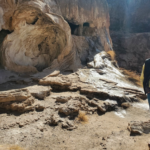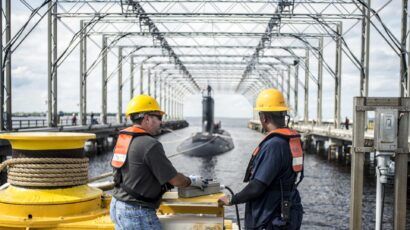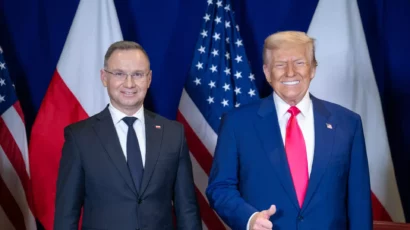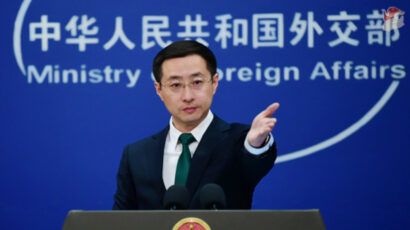Andreev, S.G. (ed.) 2010. Дела и годы (Our work through the years). Снежинск (Snezhinsk): РФЯЦ-ВНИИТФ (RFYaTs-VNIITF). http://elib.biblioatom.ru/text/dela-i-gody_2010/go,0/.
Babiarz, R. 2023. “Satellite Imagery of the Lop Nur Site.” The New York Times. December 20. https://www.nytimes.com/interactive/2023/12/20/science/lop-nur-public-report.html.
Hruby, J. 2023a. “Managing an Arsenal Without Nuclear Testing: An Interview With Jill Hruby of the U.S. National Nuclear Security Administration.” Arms Control Today. December. https://www.armscontrol.org/act/2023-12/interviews/managing-arsenal-without-nuclear-testing-interview-jill-hruby-us-national.
Hruby, J. 2023b. “Remarks by NNSA Administrator Jill Hruby at the CTBT: Science and Technology Conference 2023.” Energy.gov. Available at: https://www.energy.gov/nnsa/articles/remarks-nnsa-administrator-jill-hruby-ctbt-science-and-technology-conference-2023.
Hudson, J. and Sonne, P. 2020. “Trump administration discussed conducting first U.S. nuclear test in decades.” Washington Post. May 23. https://www.washingtonpost.com/national-security/trump-administration-discussed-conducting-first-us-nuclear-test-in-decades/2020/05/22/a805c904-9c5b-11ea-b60c-3be060a4f8e1_story.html.
Ifft, E. 2020. “The New Threat to the Test-Ban Treaty.” Survival: Global Politics and Strategy, 62(5), pp. 55–64. https://doi.org/10.1080/00396338.2020.1819643.
Lewis, J. 2023. “Nuclear Test Sites Are Too Damn Busy.” Arms Control Wonk. September 23. https://www.armscontrolwonk.com/archive/1218750/nuclear-test-sites-are-too-damn-busy/.
Mian, Z. 2016. “A step toward what? Nuclear weapons, the test ban, and a world without nuclear testing.” The Nonproliferation Review. 23(3–4), pp. 301–315. https://doi.org/10.1080/10736700.2016.1263487.
Nilsen, T. 2023. “No signs of any imminent nuclear tests at Novaya Zemlya.” The Independent Barents Observer. October 7. https://thebarentsobserver.com/en/2023/10/no-signs-any-immediate-nuclear-tests-novaya-zemlya.
Podvig, P. 2023. “Why a Russian nuclear expert thinks the Doomsday Clock should move away from midnight.” Bulletin of the Atomic Scientists. November 8. https://thebulletin.org/2023/11/why-a-russian-nuclear-expert-thinks-the-doomsday-clock-should-move-away-from-midnight/.
Putin, V. 2023. “Presidential Address to Federal Assembly.” http://en.kremlin.ru/events/president/news/70565.
Ulyanov, M. 2023. “Interview by Permanent Representative of the Russian Federation to the International Organizations in Vienna Mikhail Ulyanov.” Rossiya 24. October 18.. https://t.me/ViennaMissionRu/4266.
US Department of State. 2020. “Adherence to and Compliance with Arms Control, Nonproliferation, and Disarmament Agreements and Commitments.” US Department of State. https://www.state.gov/wp-content/uploads/2020/06/2020-Adherence-to-and-Compliance-with-Arms-Control-Nonproliferation-and-Disarmament-Agreements-and-Commitments-Compliance-Report.pdf.

